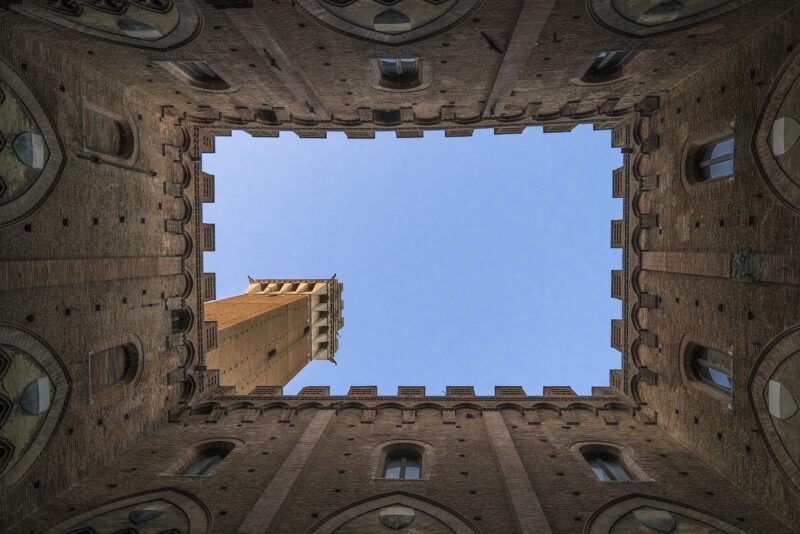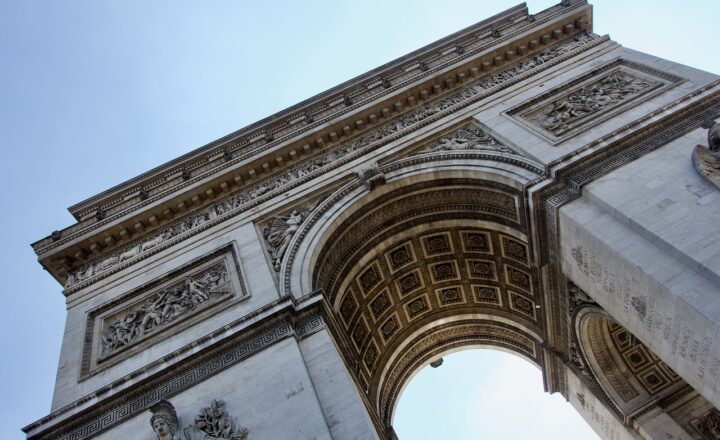The Fascinating Stories of How Famous Castles Were Built to Withstand Sieges and Weather the Ages
November 17, 2024

Throughout history, castles have stood as symbols of power, protection, and permanence. Their formidable walls and strategic designs were crafted to defend against sieges and the ravages of time. This article takes you on a journey through the captivating stories of some of the world’s most famous castles, their architectural innovations, and how these structures have weathered the ages to become enduring monuments of history.
1. The Origin of Castles: A Brief History
Castles first emerged in the 9th century during the feudal era, serving as fortified residences for nobility and military strongholds. As Europe faced constant threats from invading armies and Viking raids, the construction of castles became essential to establish control over land and maintain power. Initially built as simple wooden structures, castles quickly evolved into more complex stone fortifications, designed to withstand attacks.
The shift from wooden to stone castles marked a significant advancement in medieval architecture. The use of local materials and craftsmanship led to distinct regional styles, each with specific defensive features that made them unique yet functional.
2. Ingenious Designs: Key Features of Medieval Castles
One of the primary purposes of a castle was defense, and architects employed innovative strategies to create protective features. Here are some of the crucial elements that typify castle design:
- Moats: These water-filled ditches surrounded many castles, serving as barriers to deter attackers. Some moats were stocked with fish, and in times of siege, they provided a critical food source.
- Keep: The central tower of a castle, known as the keep, was the last line of defense. It housed the lord’s family and offered a secure escape in case of an attack. The thick walls and narrow windows made it difficult for enemies to breach.
- Battlements and Arrow Slits: Walls often featured battlements—projecting crenelations that allowed defenders to shoot arrows while remaining shielded. Arrow slits were tall, narrow openings designed for archers to fire upon attackers without exposing themselves.
- Drawbridges: These movable bridges were used to cross moats. During sieges, they could be raised to prevent entry and enhance security.
Such features not only fortified these structures but also showcased the ingenuity of medieval engineers and builders.
3. Castles that Withstood the Test of Time
Let’s explore some of the most remarkable castles that have withstood sieges and the passage of time, becoming iconic landmarks in their regions.
Castles of England
Tower of London: Built by William the Conqueror in 1066, this castle has served various roles—from royal palace to prison—and is a UNESCO World Heritage site. Its White Tower, with its thick stone walls, remains a testament to Norman military architecture. The Tower has survived numerous sieges and is now a symbol of British history.
Windsor Castle: Another jewel in the Royal Crown, Windsor Castle is the oldest inhabited castle in the world, dating back to the 11th century. Its impressive defensive walls and the infamous round tower stood against many sieges, notably during the English Civil War, demonstrating the castle’s formidable construction.
Castles of France
Château de Chambord: This magnificent castle, with its blend of Renaissance and medieval architecture, features over 440 rooms and 84 staircases. Built in the early 16th century, it served as a hunting lodge for King Francis I, showcasing the transformation of castle purposes over time. Its architectural brilliance includes defensive features adapted to the age of firearms, highlighting the evolution in castle design.
Carcassonne: A UNESCO World Heritage site, the fortified city of Carcassonne boasts impressive double walls that have protected it for centuries. Originating during the Roman Empire, its medieval ramparts are a marvel, having survived sieges and wars throughout history, earning its reputation as one of France’s most stunning fortress cities.
Castles of Scotland
Eilean Donan Castle: This iconic castle, perched on a small island, has been fortified since the 13th century and symbolizes Scottish heritage. It has withstood numerous invasions and reconstructions, making it a prime example of how castles have adapted over centuries to protect their inhabitants.
Stirling Castle: One of Scotland’s most important royal fortresses, Stirling Castle was crucial during various historical conflicts, including the Wars of Scottish Independence. Its strategic location on a volcanic rock ensured its defenses were formidable against besieging forces.
4. Advances in Technology and Their Effects on Castle Design
As warfare evolved, so did castle architecture. The introduction of gunpowder and cannons forced builders to re-evaluate traditional designs. Castles began to feature lower walls with thicker, angled bastions to withstand cannon fire. Town layouts, fortified towns known as bastides, began to emerge across Europe, greatly influencing future castle constructions.
Architectural adaptations transformed castles but also reflected a shift in military strategies. While offensive tactics incorporated heavier artillery, defensive designs became increasingly sophisticated. New materials like brick and stone replaced wood, providing durability against bombardments.
5. Modern Preservation Efforts and Their Importance
Today, many historic castles are revered not only as military fortifications but also as cultural treasures. Preservation efforts have been crucial in maintaining these structures, allowing future generations to appreciate their historical significance.
- Restoration Projects: Organizations and governments work to restore and preserve castles, ensuring structural integrity while maintaining their historical accuracy. These initiatives often involve expert craftsmanship and knowledge of traditional building techniques.
- Tourism and Education: Castles serve as significant tourist attractions, helping to educate visitors about history. Guided tours and workshops enhance the visitor experience, fostering appreciation for medieval architecture and historical narratives.
- Cultural Heritage & Identity: Castles are a crucial part of national heritage, reflecting the cultural identity of a region. Their preservation helps nurture a collective history that generations can connect with.
Conclusion: The Timeless Allure of Castles
From their awe-inspiring architecture to the gripping stories of those who resided within their walls, castles continue to captivate our imaginations. They are reminders of our shared history, standing tall against the backdrop of an ever-changing world. As we explore the fascinating tales of how these majestic structures were built to withstand sieges and the ages, we celebrate not just their architectural prowess but also the resilient spirit of humanity’s pursuit of safety, power, and legacy. So next time you gaze upon a castle, remember its storied past and the enduring legacy it represents.







